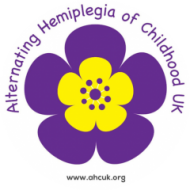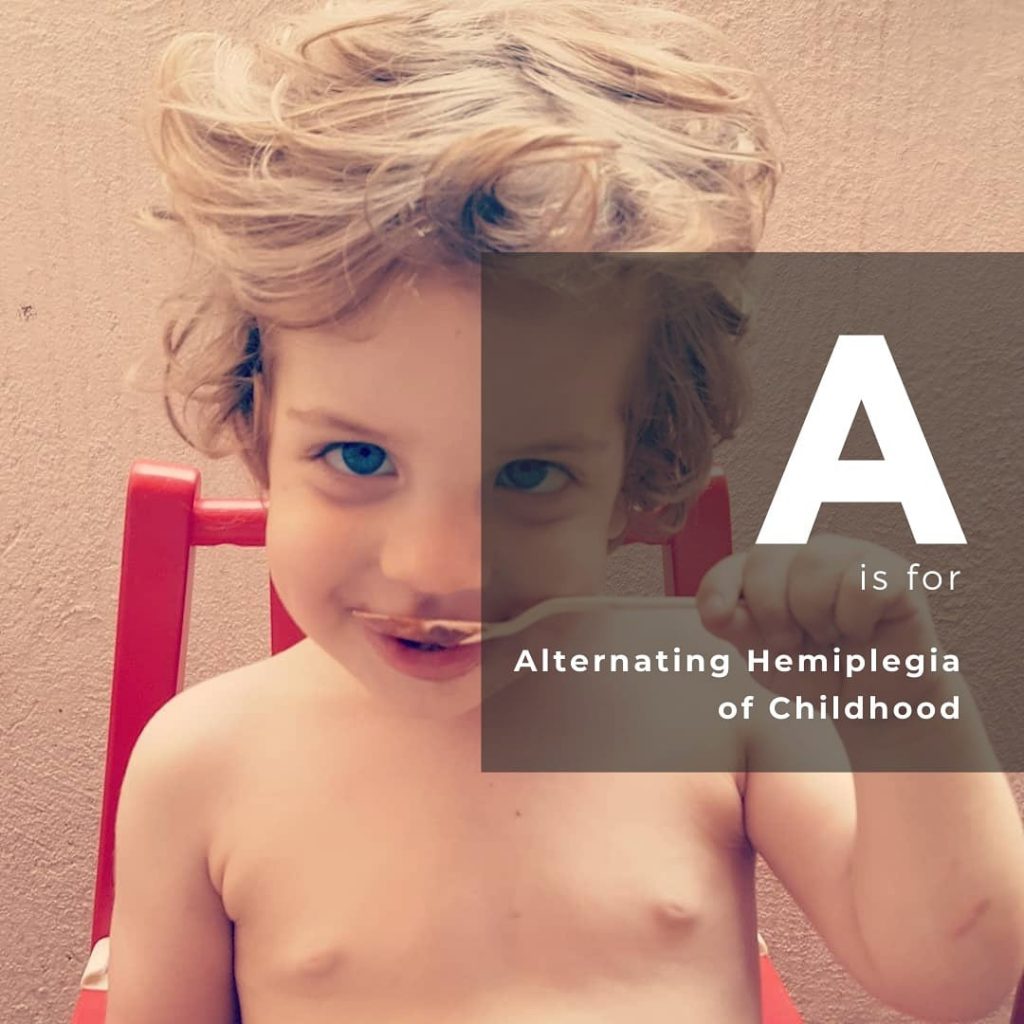
Overview
Alternating Hemiplegia of Childhood (AHC) is an ultra-rare neurodevelopmental disease. The prevalence is 1 in a million, and it was first reported in the medical literature in 1971.[1] A groundbreaking discovery in 2012 highlighted that the ATP1A3 gene causes approximately 70-80% of cases.[2] This gene codes for a sodium/potassium ion pump which is critical for the neurological system.[3] AHC can present with any and every neurological symptom. It is like living with many different neurological diseases in one. This makes AHC both fascinating for clinicians and researchers and frightening for parents and carers. AHC is a life-long condition, in spite of its name suggesting a childhood disease. However, the first symptoms classically begin in childhood before the age of 18 months.[4, 5] There are about one hundred AHC-causing mutations discovered so far in the ATP1A3 gene, some more frequent than others. However, this genetic variation doesn’t fully explain the clinical variation in phenotype.[6] Moreover, about 20% of AHC patients do not have a mutation in the ATP1A3 gene, leading many experts to believe there are more genes yet to be discovered to explain this condition.
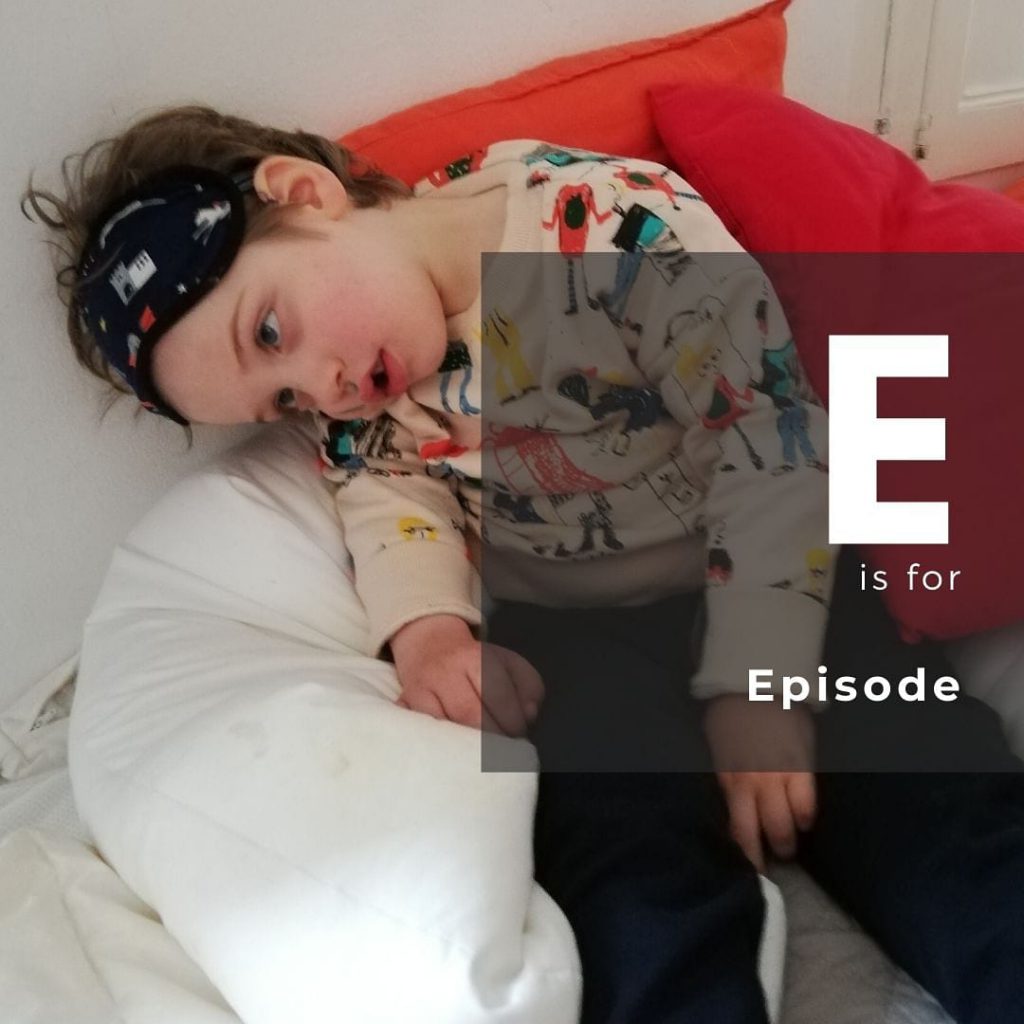
Signs & Symptoms
Whilst the name of the disease highlights its most characteristic symptom (recurrent attacks of hemiplegia that alternates between limbs and can include full-body quadriplegia), this condition encompasses a vast and wide-ranging complex constellation of neurological symptoms.[4, 5] These neurological symptoms will vary and fluctuate during an individual’s life.
Some symptoms are episodic (also called paroxysmal, i.e having a sudden onset, a duration, and a conclusion, either spontaneous or induced by drugs) and some others are permanent manifestations, even if fluctuating in severity and intensity, and comorbidities.
Episodes
There are many types of paroxysmal symptoms in AHC including:
- seizures (both epileptiform and non-epileptiform) and episodes of status epilepticus
- dystonic (painful muscle rigidity) attacks (which can include full body dystonia),
- plegic (floppy/flaccid paralysis) attacks,
- episodes of nystagmus and other abnormal ocular movements,
- episodes of reduced awareness spells (RAS), tremor, chorea, migraines, and dysautonomia
- episodes of pain, either in association to other types of episodes or isolated
Any and all of these types of paroxysmal symptoms occurring in an AHC person are referred to as ‘episodes.’ An episode can be a combination of several types of symptoms in one time period and vary greatly in frequency, severity, intensity, and duration between individuals as well as with age and with different seasons, without a specific pattern.
Epileptic seizures and seizure-like episodes may appear at different ages, from early infancy to late adulthood.[7]
Sleep plays a peculiar and critical role in AHC. A key part of the clinical diagnositc criteria is resolution of the plegic attacks during sleep. Therefore, inducing sleep during an attack is paramount to ending it. However, it is recognised that on waking the attacks can re-occur within the first hour. Parents usually take advantage of this short time of relief after a long-lasting attack, to feed and hydrate their children. Unfortunately, for some who have prolonged or frequent AHC episodes this is not adequate and supplemental feeding via a gastrostomy is required.
The triggers for episodes in AHC are vast and wide-ranging.[5, 8] This makes it a very complex condition to manage in everyday life. Common triggers include excitement, fatigue, temperature change, water, pain, constipation, fever or illness, sunlight …… Many attacks, however, appear without a specific trigger and are totally unpredictable.
The live of families living with AHC is unpredictable. A child can be happy and playing and suddenly, often with little to no warning, an AHC episode can be triggered that can be a mild paralysis to full-blown life-threatening episodes. An episode can last few minutes or hours and even days/weeks, interrupted only briefly by sleep or by drugs. Parents spend their lives trying to minimise triggers, but the condition is sometimes described as a timebomb where they are “just waiting, waiting for it to go off.”
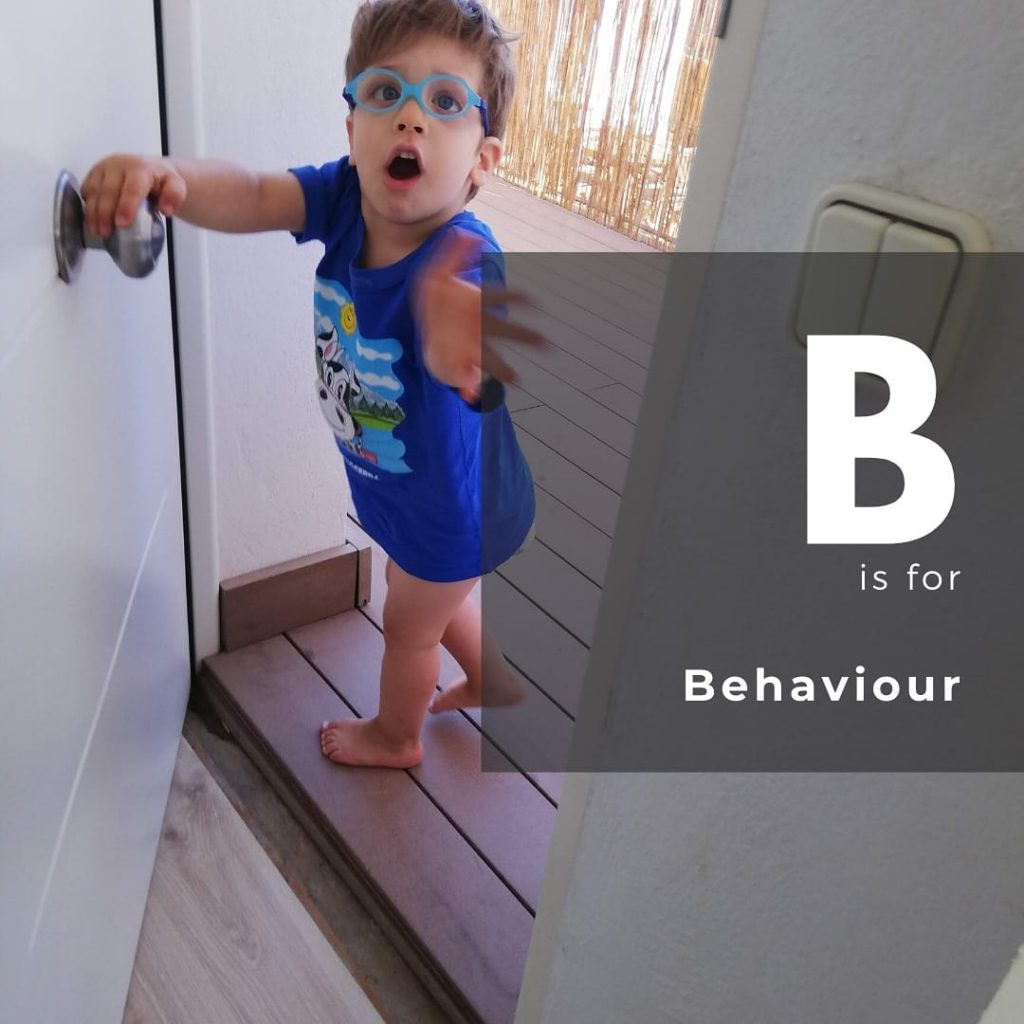
Comorbidities
In addition to all these types of episodes, AHC is also a neurodevelopmental condition, characterized by many permanent symptoms, ranging from mild to severe physical and cognitive disabilities.[5, 9] Some people with AHC also have Autism Spectrum Disorder and other behavioural disorders.[10] Additionally, the ATP1A3 gene is expressed in the heart leading to a risk of arrhythmias and possible sudden death.[11] Gastrointestinal disorders[12], breathing complications, and sleep apnoea have also been shown in AHC.[13]
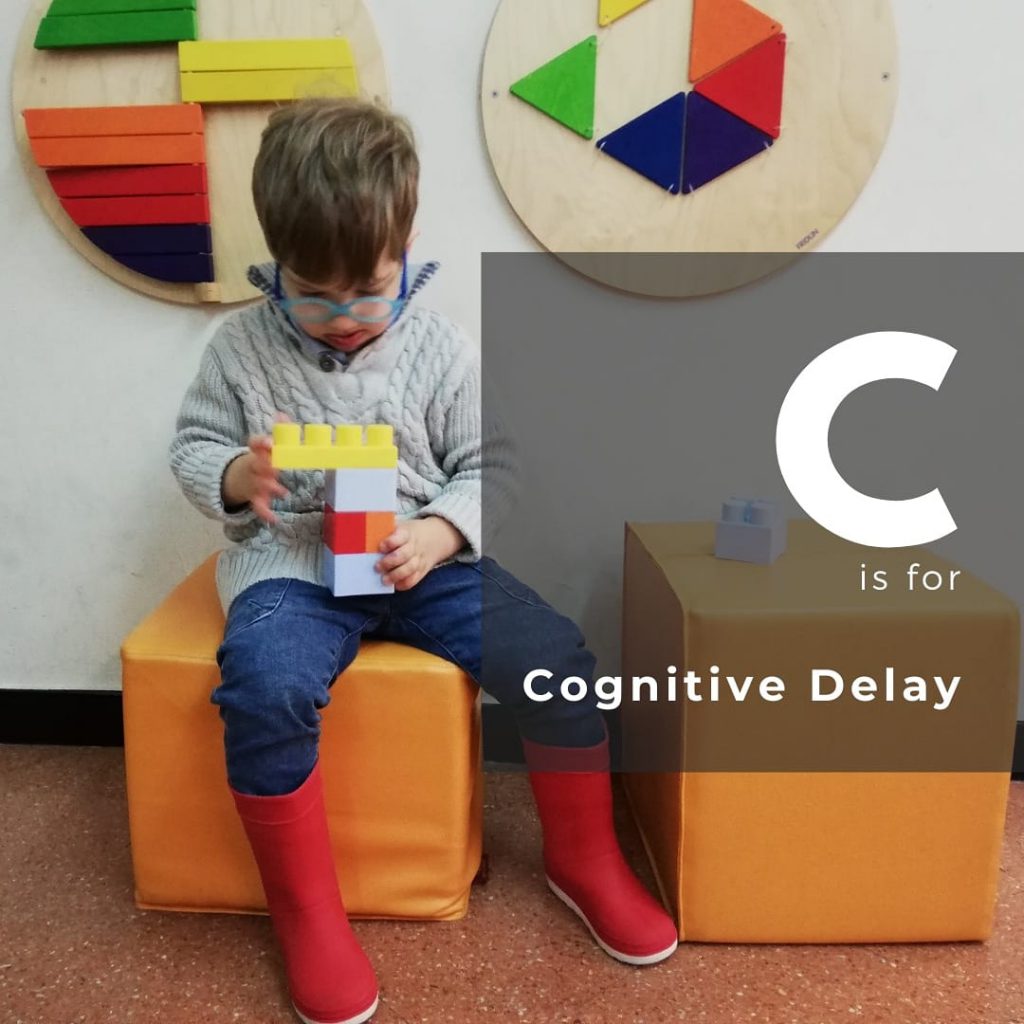
Genetic Causes
In 2012 a group of mutations in the ATP1A3 gene (located on chromosome 19) was identified as causing AHC in approximately 70-80% of cases[2, 14, 15] The ATP1A3 gene encodes a protein functioning as a sodium-potassium ion pump at the neuronal level (Na+, K+-ATPase)[3] and has a critical role in the regulation of the nervous system. Recently, it has also been found to be expressed in the heart.[11, 16] Prior to this, the cause of AHC was unclear with many theories hypothesised. This genetic mutation is now included in rare epilepsy genetic panels, no doubt leading to more individuals being correctly diagnosed.
Currently around one hundred different ATP1A3 mutations are reported to cause AHC: some of them are more frequent (D801N and E815K), some others are single-case mutations. Almost always the mutations are de-novo, i.e not inherited from the parents. Additionally, for a minority, the mutation is within the ATP1A2 gene.[17, 18]
For the remaining approximately 20% of patients with a clinical diagnosis of AHC the genetic basis is yet unknown. Research is still ongoing searching for an additional gene(s) involved. Other genetic mutations have been proposed as causing AHC, but are either not yet conclusively linked or don’t fit the full AHC diagnostic criteria and are instead a differential diagnosis.[19, 20, 21, 22]
Several large-scale genotype-phenotype studies have been carried out showing that some ATP1A3 mutations are associated with more severe phenotypes (E815K, pGlu815Lys), some intermediate phenotypes (D801N, pAsp801Asn), and some milder phenotypes (G947R, pGly947Arg).[6, 23, 24, 25, 34] However, the variation in the different mutations does not fully explain the clinical variation with the varied phenotypes, leaving researchers with many unanswered questions about the possible role of other genes/variation across the whole genome or epigenetic factors influencing pathogenic variation or protein misfolding/varied ratio of normal to mutant ATP1A3 proteins.[26, 27]
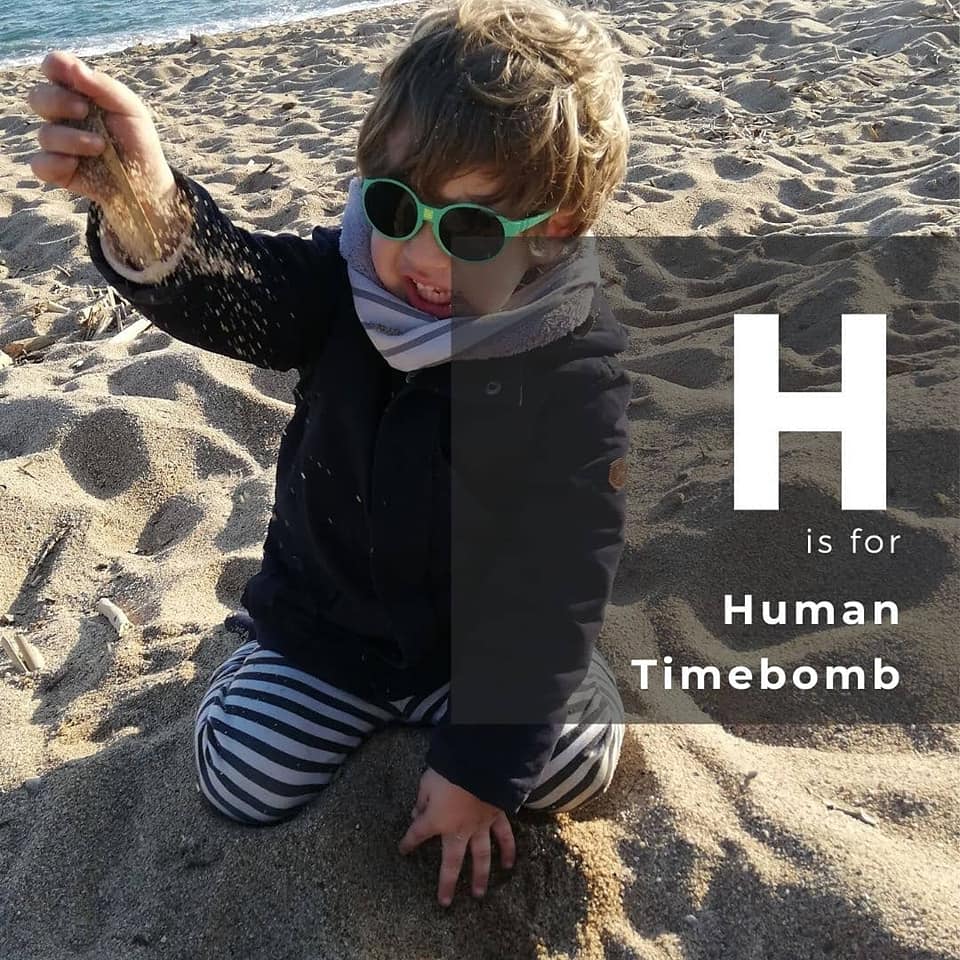
Diagnosis
Clinical diagnosis is based on diagnostic criteria clearly defined in literature since 1980 [4, 5, 28]. For about 70-80% of cases, the clinical diagnosis is confirmed by the presence of a mutation in the ATP1A3 gene.
Some diagnosed cases are classified as “atypical”, either not fulfilling all the clinical diagnostic criteria or overlapping with other ATP1A3 neurological diseases. Indeed, there is an expanding spectrum of ATP1A3 neurological diseases, with overlapping symptoms: rapid-onset dystonia-parkinsonism (RDP, DYT12, OMIM #128235), CAPOS Syndrome (OMIM #601338) and more recently, early infantile epilepsy with encephalopathy (EIEE), recurrent encephalopathy with cerebellar ataxia (RECA), Fever-Induced Paroxysmal Weakness and Encephalopathy (FIPWE), and D-DEMØ.[4, 29, 30, 31, 32, 33]
For the remaining 20% cases with no mutation in the ATP1A3 gene, the clinical diagnosis can be confirmed after excluding any other differential diagnosis with extensive examinations and investigations, all typically normal for AHC.
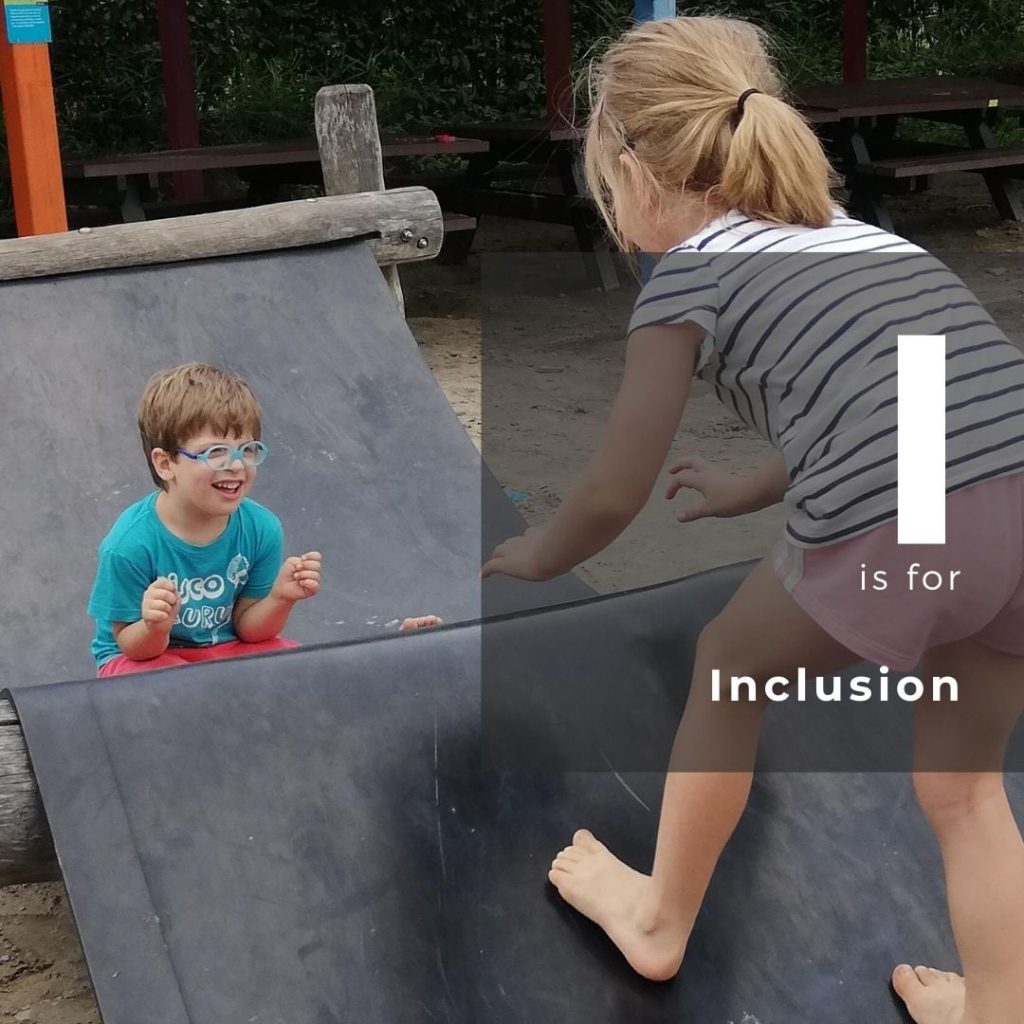
Treatment & Management
There is no regulatory approved treatment for AHC.
Antiepileptic drugs are used for those patients with confirmed seizures and episodes of status epilepticus.
For AHC-specific episodes, several drugs are used both as prophylaxis, to reduce the frequency, duration, and severity of the episodes, and as acute treatment, to interrupt an ongoing episode.
For prophylaxis, Flunarizine is the only drug effective for most patients, albeit in open-label experience.[35, 36, 37, 38, 39]. Other drugs are used for prophylaxis (topiramate, acetazolamide, memantine, aripiprazole, and more recently, ketogenic diet, oral ATP, and anecdotally cannabinoids), but most of these other drugs’ reports of efficacy are from single case reports (e.g. oral ATP) or case series of only a handful of patients. [37, 40, 41, 42, 43].
Treatment for dystonia can sometimes include medications such as benzodiazepines, trihexyphenidyl, gabapentin, clonidine, and baclofen.
For acute treatment, the most effective reported drugs are benzodiazepines and chloral hydrate. Other drugs like niaprazine and melatonin are used to induce sleep, either for a more regular sleep pattern or to interrupt an ongoing episode.
For severe and long-lasting plegic/dystonic episodes, and for seizures or status epilepticus, hospitalization may be necessary, and more specific treatment and measures may be adopted.
In addition to pharmacological treatment, with the aim to reduce their frequency, a preventive measure can be to limit the exposure to the most known triggering factors for AHC episodes.
Cardiac abnormalities should be properly treated and monitored, while irregular sleeping patterns should be avoided as much as possible.
A multispecialty reference center with the availability of various specialists with considerable experience in AHC should take charge of patients, directly or through a local centre.
The multispecialty team should provide regular follow-up visits, including:
- a neurological and neuropsychological assessment
- an ophthalmological and a gastroenterological assessment.
- sleep and respiratory assessment
- cardiac assessment and allied healthcare professional assessments (physiotherapy, occupational therapy, and Speech, and Language Therapy assessments)
They should also coordinate and support any other involved local service: rehabilitation, education, and schooling, social and home assistance, psychologic support, emergency services for the treatment of prolonged dystonic/plegic attacks and seizures/episodes of status epilepticus …
Adult patients and their families need to be supported in the transition from pediatric neurology to neurology for adults. There is far less knowledge of AHC amongst the adult physicians given it is a relatively new disease.
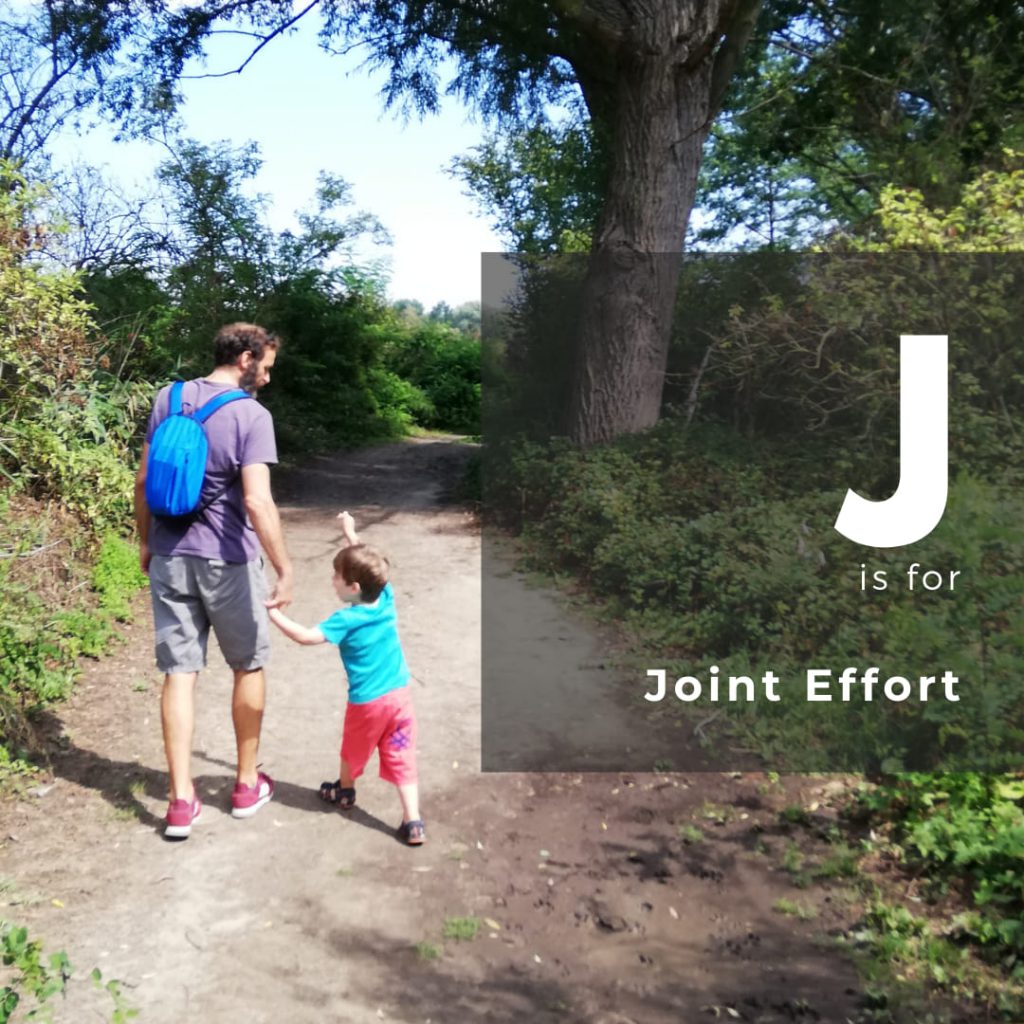
Joint Efforts for Research & Care
Charity support services and collaboration
AHC is a neglected disease, still unknown and ignored by most public health, scientific, and education institutions, pharma companies, and the public in general.
AHC family associations are struggling all over the world in a joint effort to raise awareness about the disease, to advocate for more accurate and appropriate health and social services, to collect funds for research. AHC associations have played a major role in promoting and supporting collaboration between researchers and the sharing of resources. This was highlighted in the article published in Nature Genetics in 2012 as an important factor in allowing the discovery of the ATP1A3 gene in AHC[2].
The AHC associations play an essential role also in the creation of clinical reference centres for AHC in many countries worldwide; the development of Clinical Registries and Biobanks; the organisation of the annual International Symposium on ATP1A3 in disease since 2012 for scientists, clinicians, and families to learn together; the creation and management of the IAHCRC (International AHC Research Consortium).[44]
The clinical reference centres provide opportunities for a correct and early diagnosis as well as continuous follow-up treatment and family support. In Europe, most of these centres are now members of EpiCARE-ERN, the European Reference Network for Rare and Complex Epilepsies www.epi-care.eu.
Research and Care to improve the future of people with AHC
The establishment of the IAHCRC Consortium in 2014[44], enabled multi-center collaborative studies. Since then, research studies into AHC genotype-phenotype correlations, cardiac disturbances, secondary genes for AHC, and testing candidate compounds for AHC treatment (using in-vitro and in-vivo models) have been initiated. Furthermore, the OBSERV-AHC Study is investigating the natural history of AHC, the efficacy of current therapies, as well as validating some new specific scales to use as indicators for future clinical trials.
More recently, new IAHCRC Studies have been launched, to study the role of sleep in AHC and the role of AHC genotype in cardiac repolarization.
Additionally, other research centers are involved in projects investigating AAV gene therapy as a new treatment for AHC, and creating induced pluripotent stem cells (iPSCs) derived neuronal models of AHC to investigate possible mechanisms underlying disease pathogenesis.[45] All these research projects are driven and largely funded by AHC patient associations with hope for an improved future for those living with this cruel disease.
Acknowledgments
Authors:
- Rosaria Vavassori, ePAG EpiCARE, Association AHC18+ e.V. Germany, IAHCRC International Research Consortium; www.iahcrc.org
- Katherine Behl, Alternating Hemiplegia of Childhood UK www.ahcuk.org
Reviewers:
- this page is under review by the IAHCRC Phenotyping Standardization Workgroup (November 2020)
Pictures:
- courtesy of AESHA, Spanish Association for AHC www.aesha.org
Publications
- Description of AHC on ORPHANET – The Portal for Rare Diseases and Orphan Drugs. Emergency and Anesthesia Guidelines for Professionals and Clinical Genetic Review.
link - In 2016, a film called “Human Timebombs“, created by the patient associations, won the Neuro Film Festival award, organized by the American Academy of Neurology (AAN). This film describes the unpredictable lives of families living with AHC. trailer – full version
- The Patient Journey for AHC was developed by an initiative of the Patient Advocacy Group of EpiCARE-ERN, the European Reference Network for Rare and Complex Epilepsies Infographics
- An article about AHC was published in the October 2020 Edition of the RARE REVOLUTION Magazine entirely dedicated to Rare and Complex Epilepsies link to the article
References
| 1.Verret, S. and J.C. Steele, Alternating hemiplegia in childhood: a report of eight patients with complicated migraine beginning in infancy. Pediatrics, 1971. 47(4): p. 675-80. 2.Heinzen, E.L., et al., De novo mutations in ATP1A3 cause alternating hemiplegia of childhood. Nat Genet, 2012. 44(9): p. 1030-4. 3.Simmons, C.Q., et al., Direct evidence of impaired neuronal Na/K-ATPase pump function in alternating hemiplegia of childhood. Neurobiol Dis, 2018. 115: p. 29-38. 4.Rosewich, H., et al., Research conference summary from the 2014 International Task Force on ATP1A3-Related Disorders. Neurol Genet, 2017. 3(2): p. e139. 5.Sweney, M.T., et al., Alternating hemiplegia of childhood: early characteristics and evolution of a neurodevelopmental syndrome. Pediatrics, 2009. 123(3): p. e534-41. 6.Viollet, L., et al., Alternating Hemiplegia of Childhood: Retrospective Genetic Study and Genotype-Phenotype Correlations in 187 Subjects from the US AHCF Registry. PLoS One, 2015. 10(5): p. e0127045. 7.Uchitel, J., et al., The epileptology of alternating hemiplegia of childhood. Neurology, 2019. 93(13): p. e1248-e1259. 8.Kansagra, S., M.A. Mikati, and F. Vigevano, Alternating hemiplegia of childhood. Handb Clin Neurol, 2013. 112: p. 821-6. 9.Jasien, J.M., et al., Cognitive, adaptive, and behavioral profiles and management of alternating hemiplegia of childhood. Dev Med Child Neurol, 2019. 61(5): p. 547-554. 10.Uchitel, J., et al., Social impairments in alternating hemiplegia of childhood. Dev Med Child Neurol, 2020. 62(7): p. 820-826. 11.Jaffer, F., et al., Faulty cardiac repolarization reserve in alternating hemiplegia of childhood broadens the phenotype. Brain, 2015. 138(Pt 10): p. 2859-74. 12.Pratt, M., et al., Autonomic Related Gastrointestinal Manifestations of Alternating Hemiplegia of Childhood. Neurology 2019. 92(15 supplement ): p. P3. 6-063. 13.Kansagra, S., et al., Polysomnography Findings and Sleep Disorders in Children With Alternating Hemiplegia of Childhood. J Clin Sleep Med, 2019. 15(1): p. 65-70. 14.Ishii, A., et al., Identification of ATP1A3 mutations by exome sequencing as the cause of alternating hemiplegia of childhood in Japanese patients. PLoS One, 2013. 8(2): p. e56120. 15.Rosewich, H., et al., Heterozygous de-novo mutations in ATP1A3 in patients with alternating hemiplegia of childhood: a whole-exome sequencing gene-identification study. Lancet Neurol, 2012. 11(9): p. 764-73. 16.Balestrini, S., et al., Cardiac phenotype in ATP1A3-related syndromes: A multicentre cohort study. Neurology, 2020. 17.Bassi, M.T., et al., A novel mutation in the ATP1A2 gene causes alternating hemiplegia of childhood. J Med Genet, 2004. 41(8): p. 621-8. 18.Swoboda, K.J., et al., Alternating hemiplegia of childhood or familial hemiplegic migraine? A novel ATP1A2 mutation. Ann Neurol, 2004. 55(6): p. 884-7. 19.Weller, C.M., et al., A novel SLC2A1 mutation linking hemiplegic migraine with alternating hemiplegia of childhood. Cephalalgia, 2015. 35(1): p. 10-5. 20.Sen, K., et al., Homozygous TANGO2 Single Nucleotide Variants Presenting with Additional Manifestations Resembling Alternating Hemiplegia of Childhood-Expanding the Phenotype of a Recently Reported Condition. Neuropediatrics, 2019. 50(2): p. 122-125. 21.Gropman, A., et al., Molecular genetic and mitochondrial metabolic analyses confirm the suspected mitochondrial etiology in a pediatric patient with an atypical form of alternating hemiplegia of childhood. Mol Genet Metab Rep, 2020. 24: p. 100609. 22.Duan, B.C., L.C. Wong, and W.T. Lee, Alternating hemiplegia and paroxysmal torticollis caused by SCN4A mutation: A new phenotype? Neurology, 2019. 93(15): p. 673-674. 23.Capuano, A., et al., Alternating Hemiplegia of Childhood: Understanding the Genotype-Phenotype Relationship of ATP1A3 Variations. Appl Clin Genet, 2020. 13: p. 71-81. 24.Li, S.P., et al., [Genotype-phenotype correlation in patients with alternating hemiplegia of childhood]. Zhonghua Er Ke Za Zhi, 2018. 56(11): p. 811-817. 25.Sasaki, M., et al., Genotype-phenotype correlations in alternating hemiplegia of childhood. Neurology, 2014. 82(6): p. 482-90. 26.Arystarkhova, E., et al., Factors in the disease severity of ATP1A3 mutations: Impairment, misfolding, and allele competition. Neurobiol Dis, 2019. 132: p. 104577. 27.Sisodiya, S.M., Precision medicine, and therapies of the future. Epilepsia, 2020. 28.Bourgeois, M., J. Aicardi, and F. Goutières, Alternating hemiplegia of childhood. J Pediatr, 1993. 122(5 Pt 1): p. 673-9. 29.Yano, S.T., et al., Fever-Induced Paroxysmal Weakness and Encephalopathy, a New Phenotype of ATP1A3 Mutation. Pediatr Neurol, 2017. 73: p. 101-105. 30.Prange, L., et al., D-DEMØ, a distinct phenotype caused by ATP1A3 mutations. Neurol Genet, 2020. 6(5): p. e466 31.Rosewich, H., et al., The expanding clinical and genetic spectrum of ATP1A3-related disorders. Neurology, 2014. 82(11): p. 945-55. 32.Rosewich, H., et al., Phenotypic overlap of alternating hemiplegia of childhood and CAPOS syndrome. Neurology, 2014. 83(9): p. 861-3. 33.Sweney, M.T., T.M. Newcomb, and K.J. Swoboda, The expanding spectrum of neurological phenotypes in children with ATP1A3 mutations, Alternating Hemiplegia of Childhood, Rapid-onset Dystonia-Parkinsonism, CAPOS and beyond. Pediatr Neurol, 2015. 52(1): p. 56-64. 34.Panagiotakaki E., et al, Clinical profile of patients with ATP1A3 mutations in Alternating Hemiplegia of Childhood-a study of 155 patients. Orphanet J Rare Dis. 2015 Sep 26;10:123. 35.Casaer, P. and M. Azou, Flunarizine in alternating hemiplegia in childhood. Lancet, 1984. 2(8402): p. 579. 36.Neville, B.G., and M. Ninan, The treatment and management of alternating hemiplegia of childhood. Dev Med Child Neurol, 2007. 49(10): p. 777-80. 37.Masoud, M., et al., Diagnosis and Treatment of Alternating Hemiplegia of Childhood. Curr Treat Options Neurol, 2017. 19(2): p. 8. 38.Silver, K. and F. Andermann, Alternating hemiplegia of childhood: a study of 10 patients and results of flunarizine treatment. Neurology, 1993. 43(1): p. 36-41. 39.Sasaki, M., N. Sakuragawa, and M. Osawa, Long-term effect of flunarizine on patients with alternating hemiplegia of childhood in Japan. Brain Dev, 2001. 23(5): p. 303-5. 40.Samanta, D., Management of Alternating Hemiplegia of Childhood: A Review. Pediatr Neurol, 2020. 103: p. 12-20. 41.Roubergue, A., et al., Excellent response to a ketogenic diet in a patient with alternating hemiplegia of childhood. JIMD Rep, 2015. 15: p. 7-12. 42.Ju, J., et al., Treatment with Oral ATP decreases alternating hemiplegia of childhood with de novo ATP1A3 Mutation. Orphanet J Rare Dis, 2016. 11(1): p. 55. 43.Dundar, N.O., et al., An Option to Consider for Alternating Hemiplegia of Childhood: Aripiprazole. Clin Neuropharmacol, 2019. 42(3): p. 88-90. 44.IAHCRC. International Alternating Hemiplegia of Childhood Research Consortium (IAHCRC). [cited 2020 1st September]; Available from: www.iahcrc.net. 45.Snow, J.P., et al., Neuronal modeling of alternating hemiplegia of childhood reveals transcriptional compensation and replicates a trigger-induced phenotype. Neurobiol Dis, 2020. 141: p. 104881. | ||
Article linked from IAHCRC
